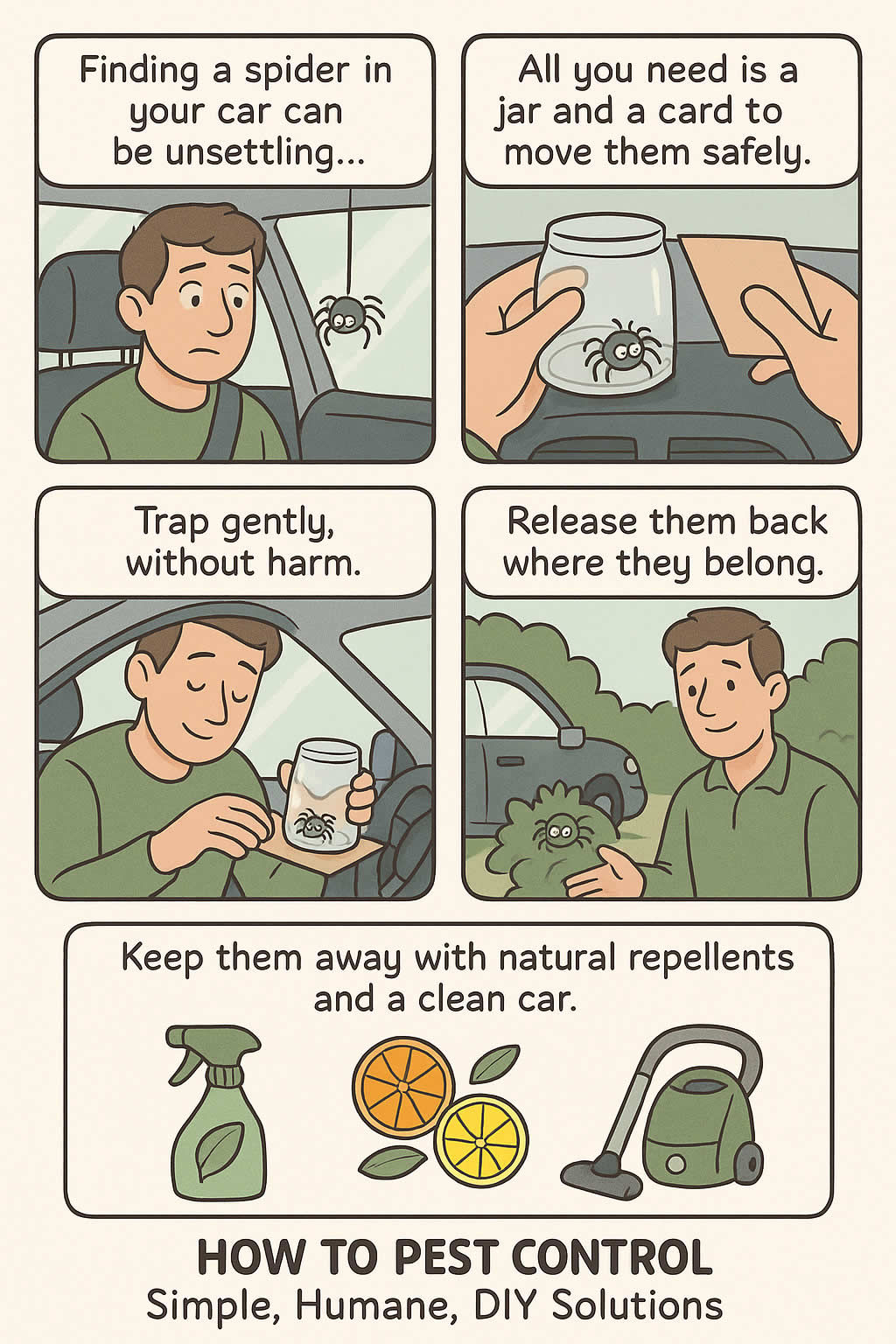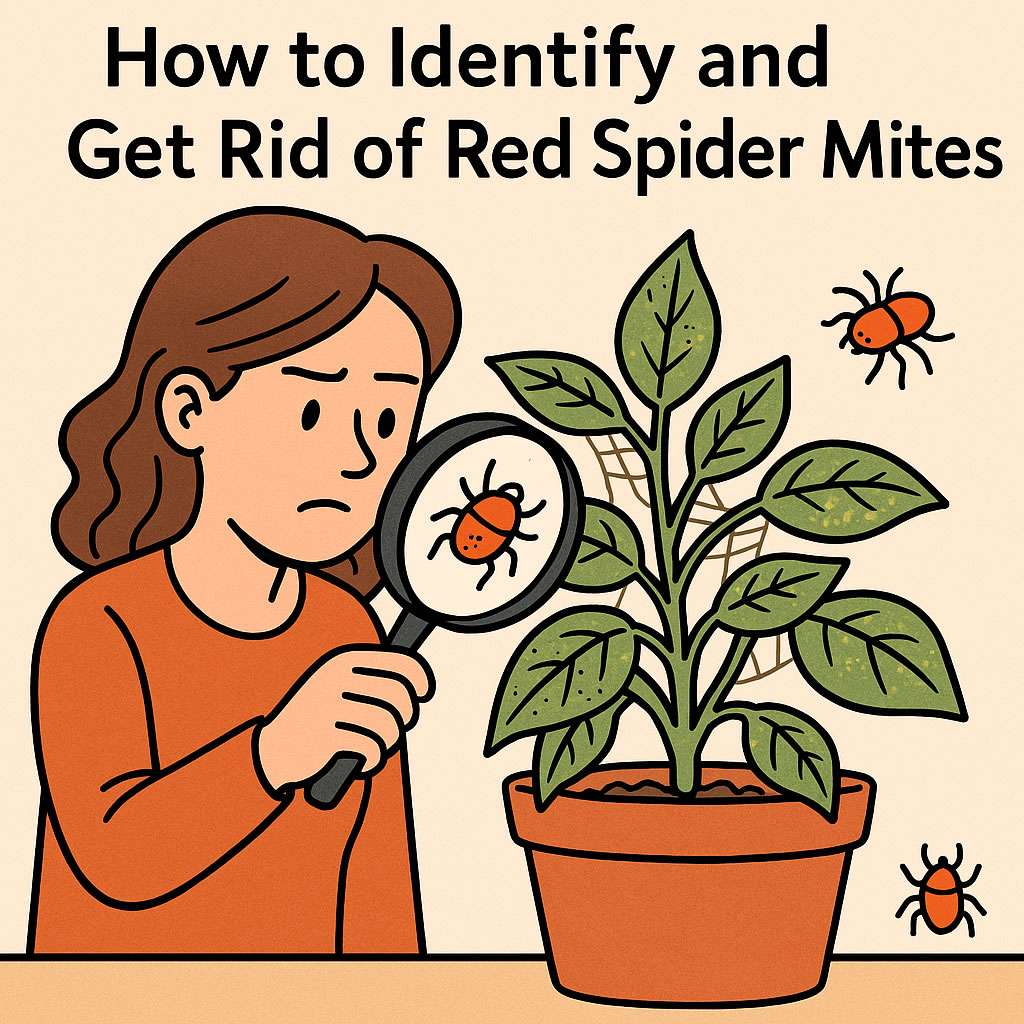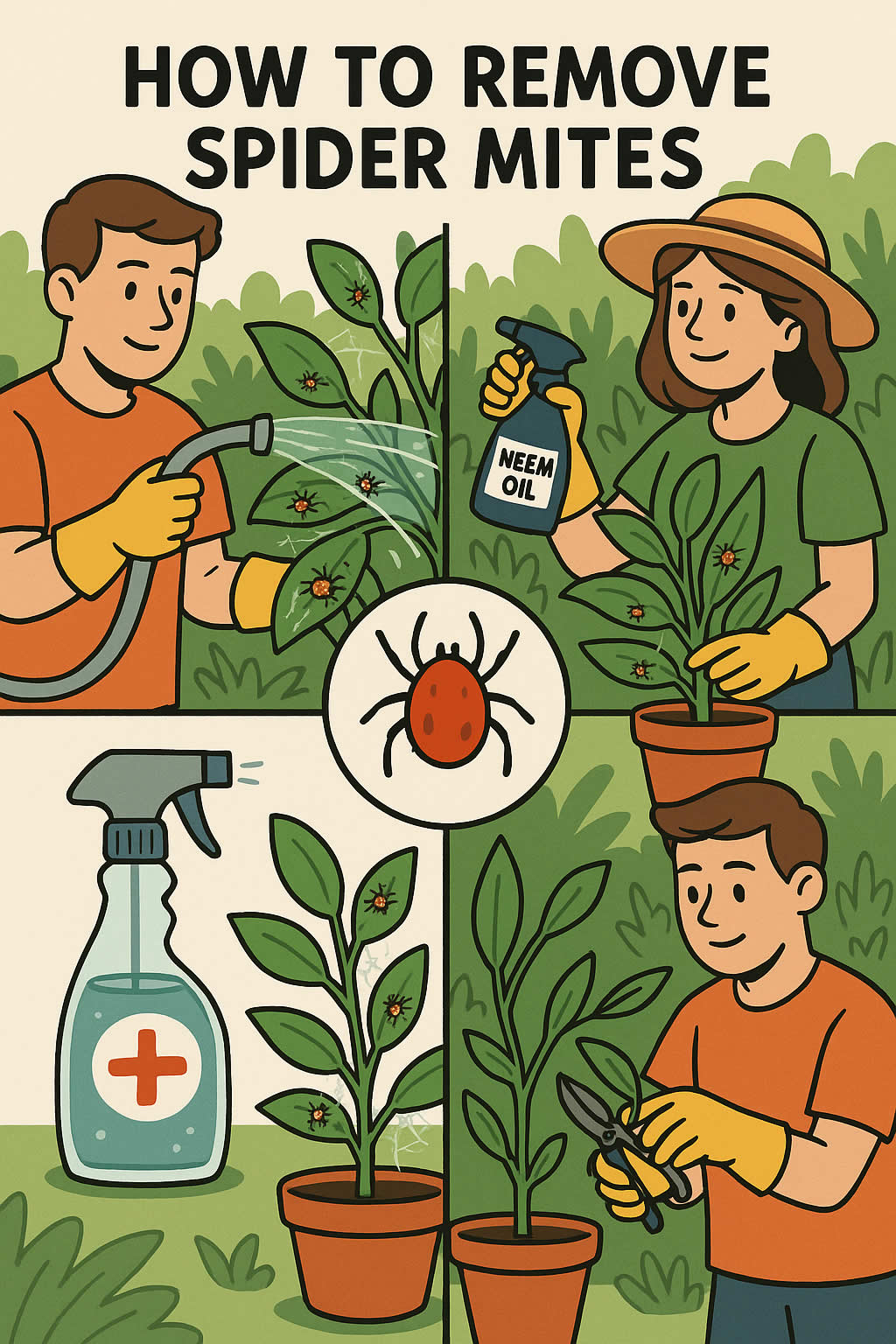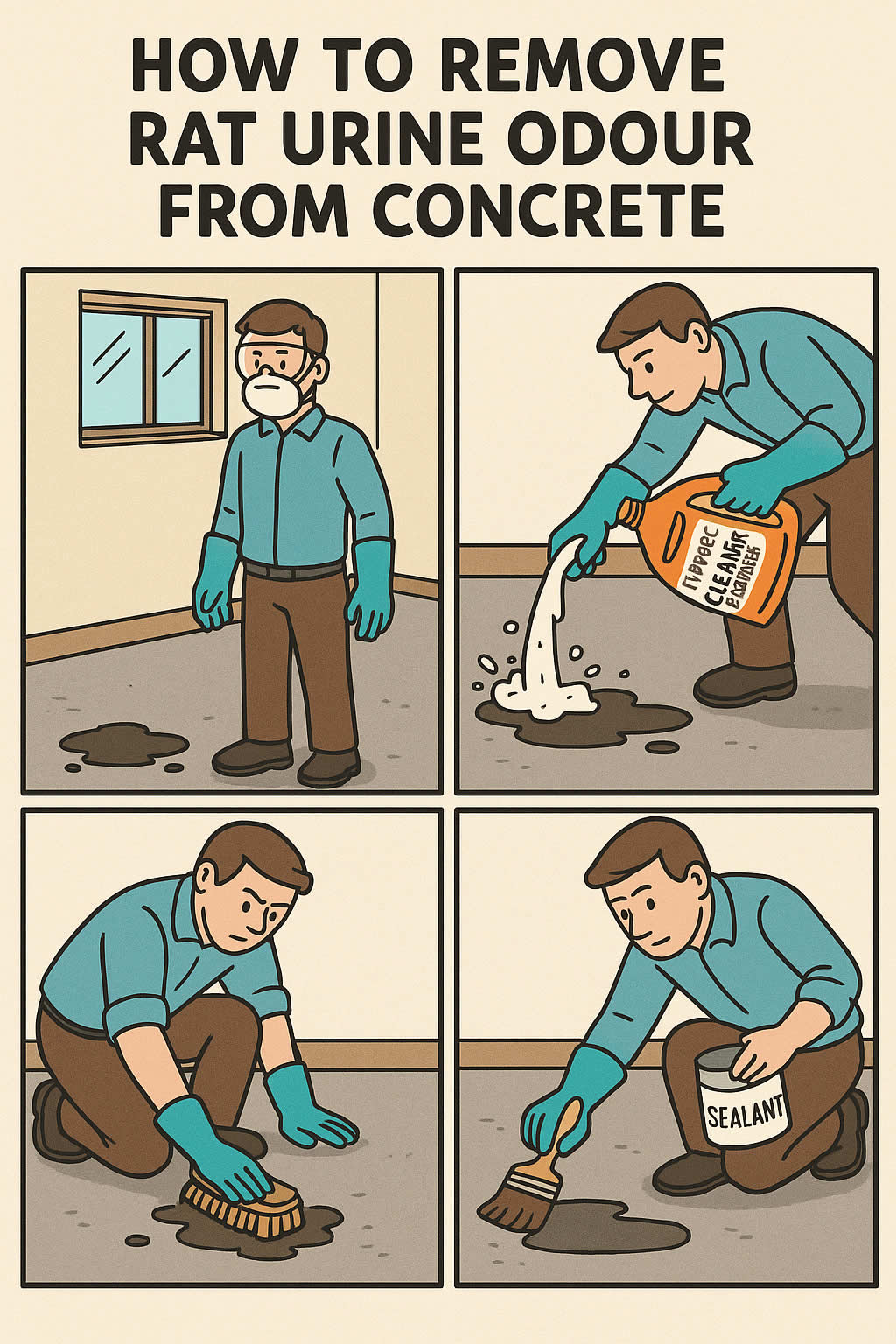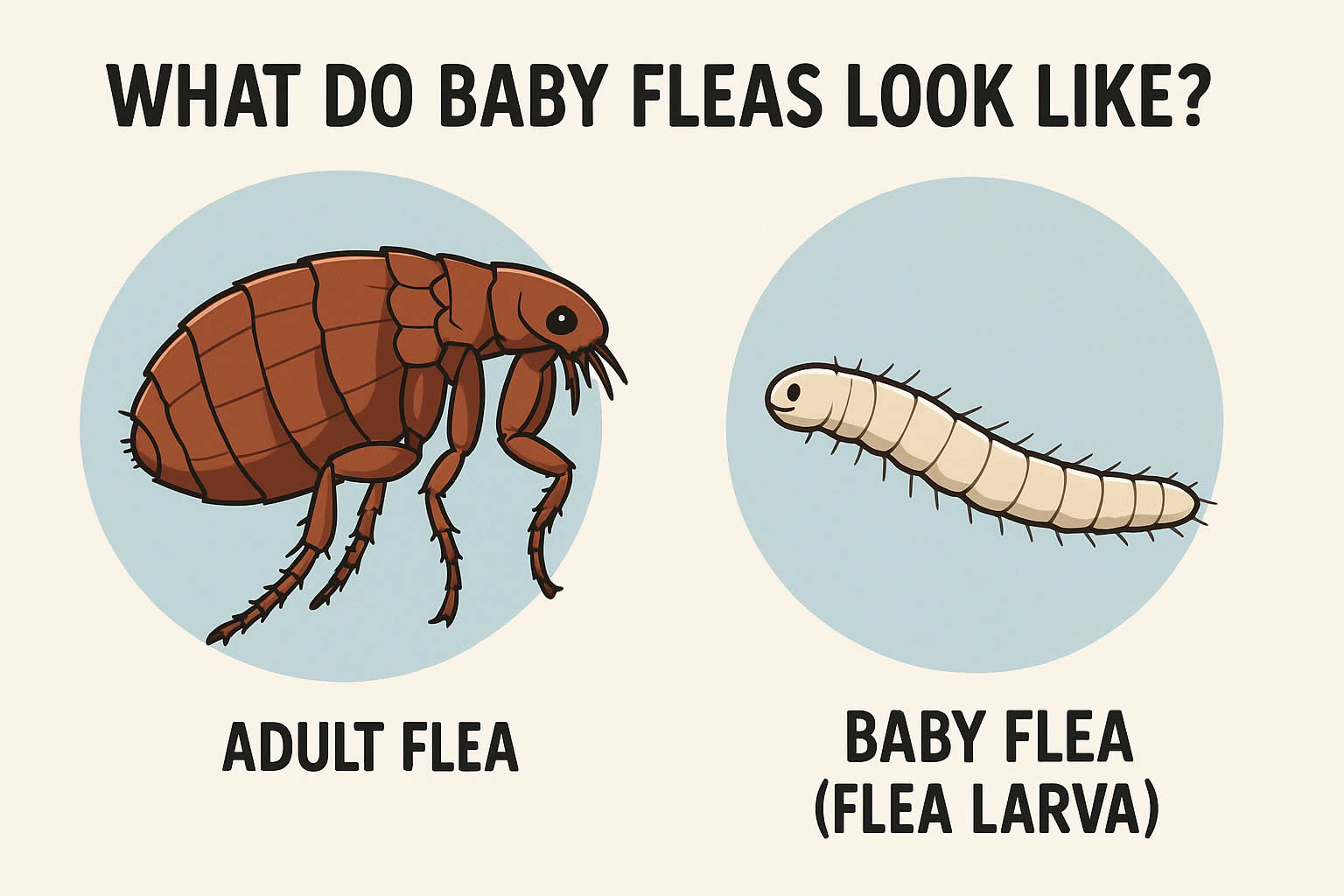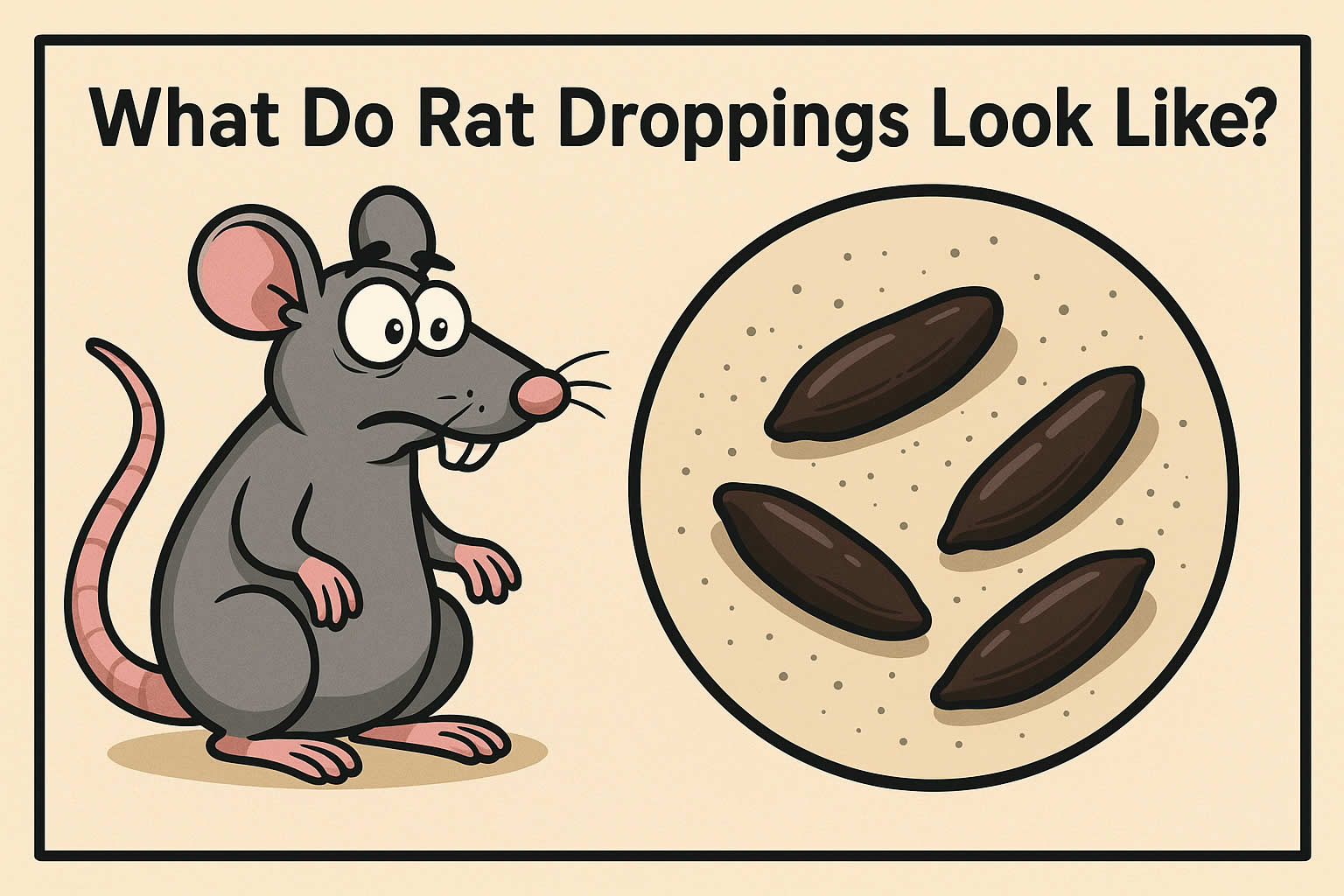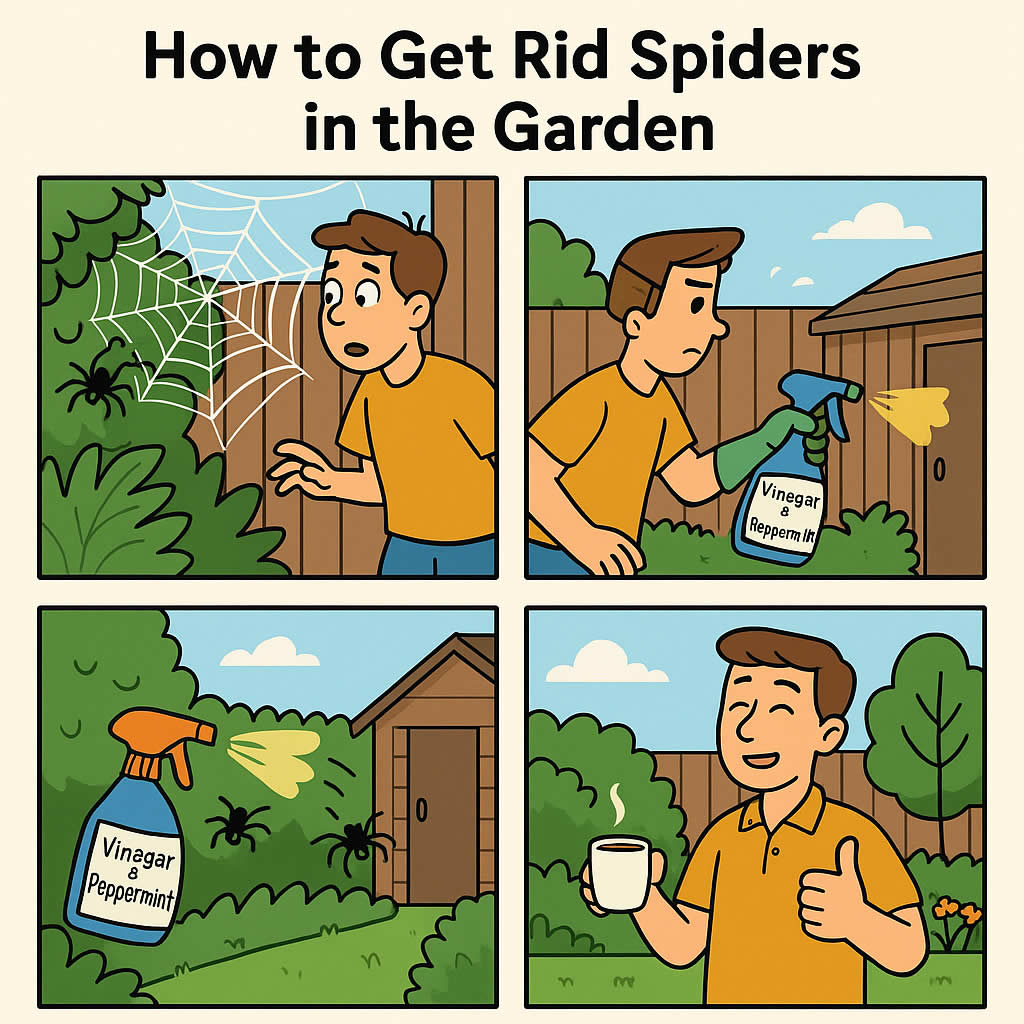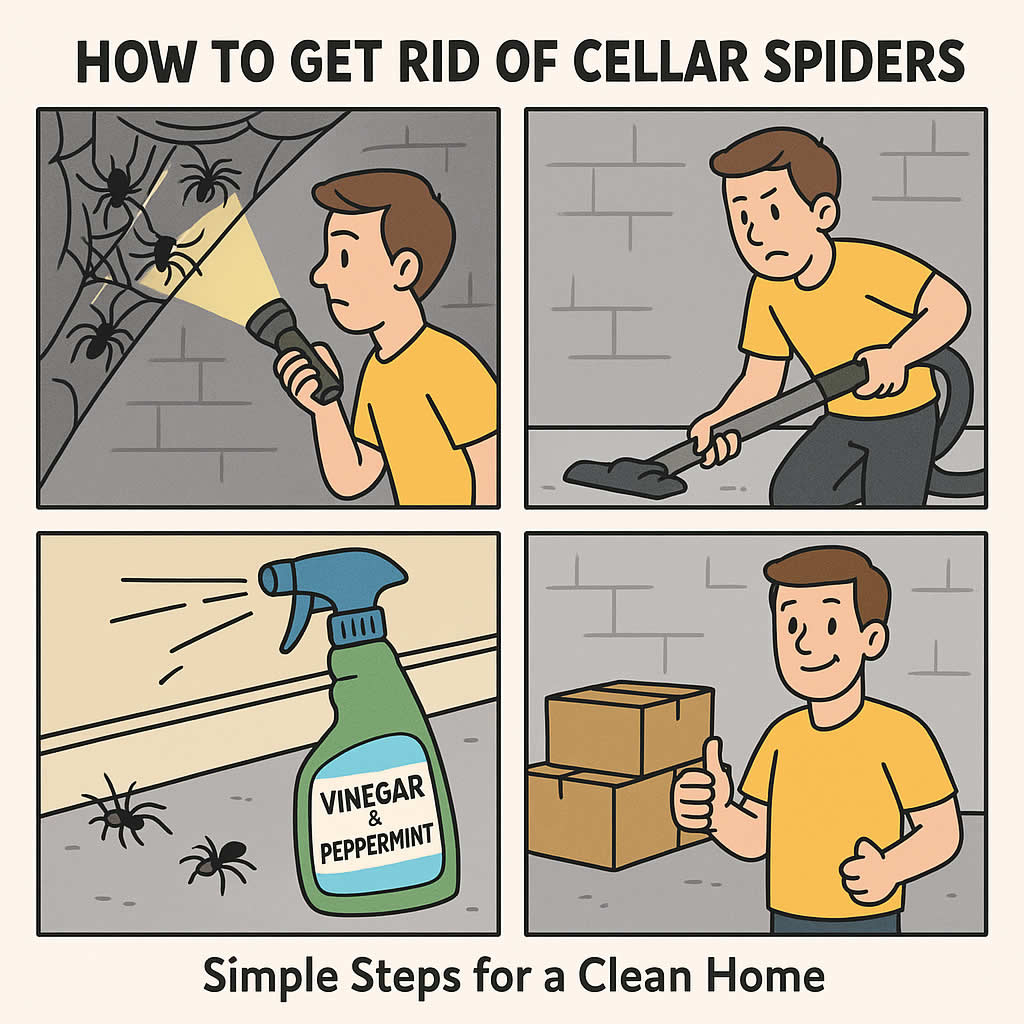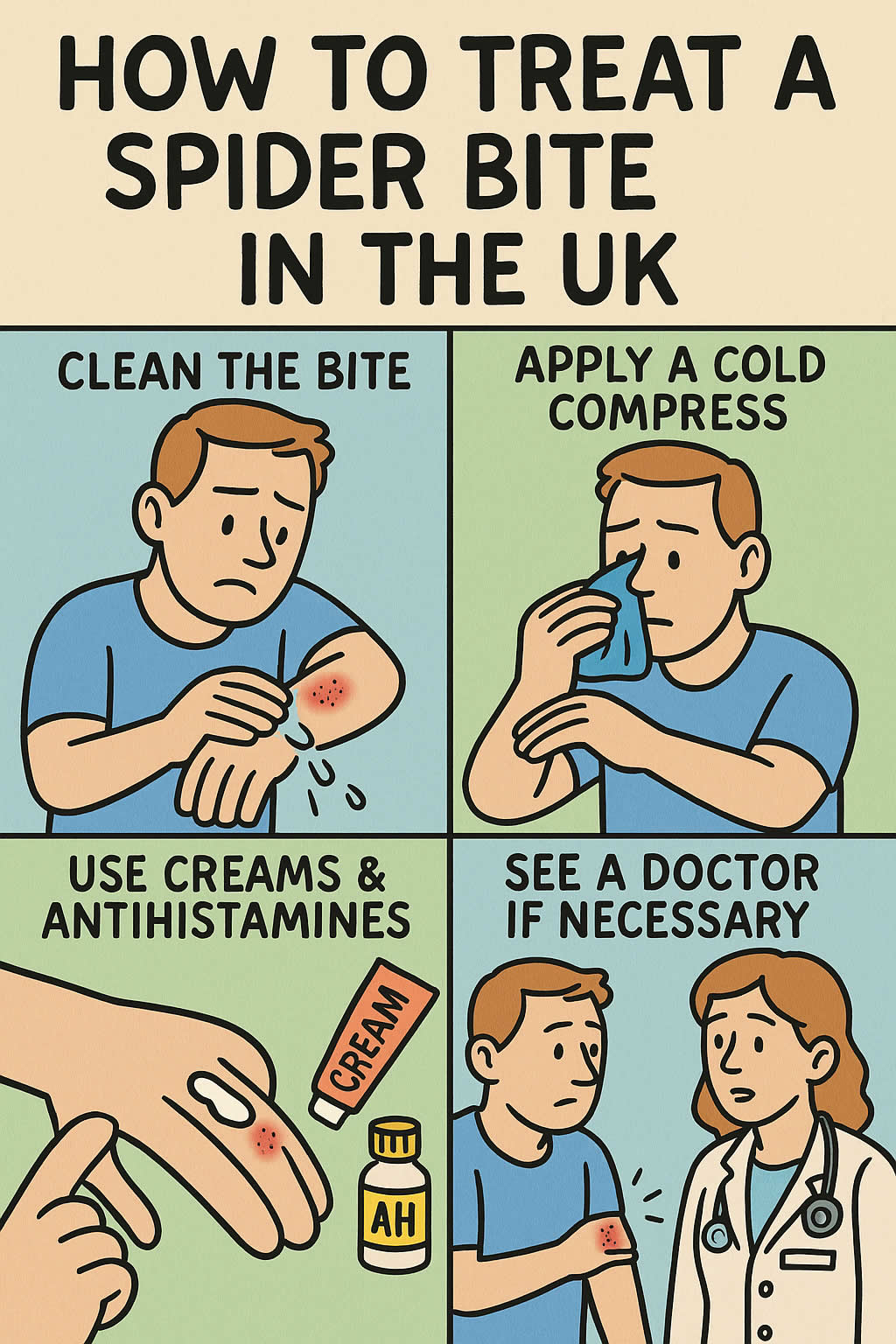Related Queries
ToggleFinding spiders in your car can be unsettling. You might notice one crawling across the dashboard, hanging from the rear-view mirror, or even appearing near the pedals. It’s enough to make you want them gone right away. The good news is that you don’t have to resort to harmful methods. There are safe and humane ways to remove spiders from your vehicle, and with a little care, you can stop them from coming back.
Spiders play an important role in nature, but that doesn’t mean you want them in your car. They may end up there when searching for warmth, shelter, or food, and sometimes they simply wander in without you realising. Fortunately, by using gentle approaches, you can remove them without causing harm and protect your car from becoming a regular hideout.
In this guide, you’ll discover why spiders find cars appealing, how to remove them step by step, and what natural spider repellents you can use to keep them out. You’ll also learn which mistakes to avoid and how to make your vehicle less attractive to these unexpected passengers. Everything here is practical and easy to do yourself.
Why Do Spiders Enter Cars?
Spiders are excellent at squeezing through small spaces. They can slip in through gaps around doors, vents, and windows. Open windows left down overnight are an open invitation, especially if the car is parked near hedges or trees. Air vents are another route, drawing spiders inside when the car isn’t running. Even boot spaces and undercarriage gaps can provide access. Understanding these entry points helps you close them off and reduce the chances of finding a spider in your vehicle.
What attracts them
Cars can offer spiders the perfect combination of shelter and food. Dark, undisturbed corners like under seats or in glove compartments mimic the crevices they naturally hide in. If you sometimes eat in your car, leftover crumbs may attract insects, which in turn draw spiders. At night, the warmth of a recently used engine also makes a car appealing, especially when temperatures outside drop. Once inside, a spider may spin a web if the car isn’t used regularly, hoping to catch passing insects.
When they are most active
Spiders are generally more active in autumn when they search for warmer spaces to escape the cold. During this time, they are more likely to make their way into homes and vehicles. Summer evenings can also see more spiders entering cars as insects are drawn to lights and open windows. Knowing when activity is highest gives you an advantage. If you’re particularly concerned, it’s worth being more vigilant with preventative steps during these seasons.
Preparing to Remove Spiders Safely
Before removing spiders from your car, gather a few basic items. A small jar or glass with a piece of stiff paper or card works well for catching them. A torch or phone light helps you see clearly under seats and in dark corners. A pair of thin gloves can give you extra confidence if you’re uneasy about handling spiders directly. Having these items close by saves time and ensures you don’t panic when you spot one.
Safety considerations for you and the spider
It’s important to remember that spiders are generally harmless, and most species in the UK pose no threat. Still, staying calm is key. Sudden movements can cause the spider to scuttle into tighter spaces, making removal harder. For the spider’s safety, avoid spraying chemicals or swatting it, as this can injure or kill it. Keeping both your safety and the spider’s wellbeing in mind makes the process smoother and more effective.
Creating the right conditions
Spiders prefer stillness and darkness. If your car has been sitting unused, open the doors to let in light and fresh air before starting. This makes the environment less inviting and encourages them to move out naturally. Removing clutter such as bags, coats, or old receipts helps reduce hiding spots. With the right conditions, you’ll have a better chance of finding and removing the spider without stress.
Step-by-Step: How to Humanely Get Rid of Spiders in Your Car
Start by carefully inspecting the car’s interior. Check under seats, around the pedals, and inside storage compartments. Spiders often hide in dark, enclosed areas where they feel protected. Use a torch to look into gaps and shine across the floor mats. If you find a web, gently clear it away with tissue or a soft brush. Avoid using vacuum cleaners directly on the spider, as this can harm it. The goal is to locate the spider without disturbing it too much so you can safely remove it.
Using a jar-and-paper method
The simplest humane method involves trapping the spider gently. Place a jar or glass over it, then slide a piece of stiff paper or card underneath to create a barrier. Once secure, lift both together and carry the spider outside. Release it in a sheltered spot away from the car, ideally in the garden or near bushes. This technique avoids harming the spider and gives you a quick way to deal with the problem. With a bit of practice, this method becomes straightforward and effective.
Ventilating the car to encourage spiders out
If you suspect more than one spider or can’t find them all, ventilation can help. Park the car in an open space, open all doors, and leave it for a short while. Spiders dislike strong light and air movement, so they may leave voluntarily. This method works especially well in warm, dry weather when the outdoor conditions are more inviting than the inside of your car.
When to repeat the process
Spiders may return if entry points remain open, so be prepared to repeat the process. If you notice more webs or see spiders again, follow the same humane steps. Consistency is key. By combining regular removal with preventative measures, you’ll eventually stop them from returning. Think of it as ongoing maintenance, much like cleaning your car regularly.
Natural Repellents to Keep Spiders Away
Essential oils are popular natural spider repellents. Peppermint oil is especially effective, as spiders dislike its strong scent. Mix a few drops with water in a spray bottle and lightly mist areas such as door frames, air vents, and under seats. Eucalyptus and lavender oils work similarly and can make your car smell fresh at the same time. Reapply every few days, particularly in warm weather when scents fade more quickly.
Citrus and vinegar solutions
Spiders avoid citrus, making lemon or orange sprays a simple deterrent. You can rub citrus peels along door edges and dashboards or use ready-made sprays. Vinegar is another option. Mix equal parts white vinegar and water, then spray lightly around common entry points. Be cautious with fabrics or leather surfaces, as vinegar can leave marks. Used sparingly, these solutions provide an effective barrier that encourages spiders to stay out without using harsh chemicals.
Other gentle deterrents
Other natural repellents include cedar wood, which spiders dislike. Placing small cedar blocks in the boot or under seats can help. Chestnuts are also believed to deter spiders, although results vary. Even so, adding natural elements like these creates an environment that feels less inviting for them. When used alongside cleaning and sealing, repellents can be part of a strong long-term strategy.
Preventing Spiders from Returning
Spiders thrive in undisturbed spaces. Regularly vacuuming the interior of your car removes not just spiders but also the insects they feed on. Wipe down surfaces and clear clutter to reduce hiding spots. A clean car is less appealing and makes it easier to spot signs of spider activity early.
Sealing entry points
Check seals around doors and windows for gaps, as these are common entry routes. Replacing worn rubber seals or adding simple weatherstripping can block spiders effectively. Don’t forget to inspect vents and grills, as these are easy access points. Sealing up gaps means fewer chances for spiders to get inside in the first place.
Parking and storage tips
Where you park also matters. Cars parked near bushes, trees, or compost bins are more likely to attract spiders. If possible, use a garage or park away from dense greenery. Keeping windows fully closed when not in use reduces risks further. With simple habits, you can keep spiders from making your car their next home.
Common Mistakes to Avoid
When trying to get rid of spiders in your car, avoid harsh chemicals. Strong sprays may kill spiders, but they can also damage interiors and create unhealthy air inside your vehicle. Squashing spiders is another mistake. While it may seem quick, it doesn’t prevent more from entering, and it removes the opportunity to humanely relocate them.
Another error is ignoring signs of activity. A single web may not seem much, but it often means more spiders are around. Leaving the problem can allow them to settle in further. By acting early with gentle methods, you save time and effort.
Our Final Say!
Spiders in cars can be inconvenient, but you don’t need to panic. By understanding why they enter, preparing properly, and using humane removal methods, you can deal with them effectively. Natural repellents such as peppermint oil, citrus sprays, and vinegar solutions help keep them away, while regular cleaning and sealing entry points prevent them from returning.
Humane pest control is both practical and effective. With the steps in this guide, you’ll feel more confident handling the problem yourself, and your car will stay spider-free without harm to you or them.
Now that you know how to humanely get rid of spiders in your car, why not take your pest control skills even further? At How To Pest Control, we share practical, step-by-step guides for dealing with everyday pest problems in a safe and effective way. From spiders and ants to wasps and rodents, you’ll find plenty of tips to keep your home and car free from unwanted guests.
Explore more of our DIY pest control guides today and keep this page bookmarked for whenever you need it. Your next solution could be just a click away.
Pest Control Farndish – Pest Control Clapham – Pest Control Kempston West
